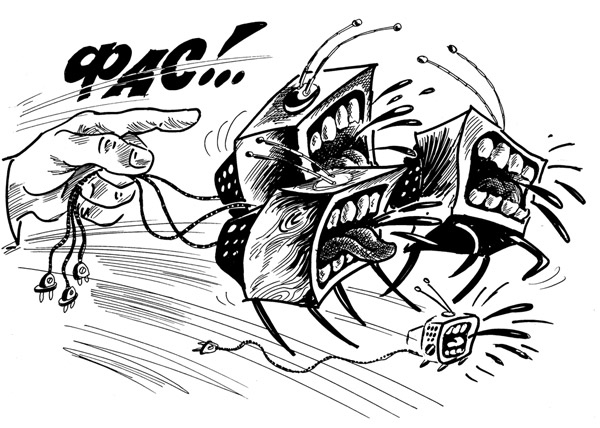The purpose of this research conducted by a team of the KazakhSTAN 2.0 expert portal (kz.expert), was to determine the exact mechanisms of Russia’s influence on the Russian-speaking population of Kazakhstan as well as to elicit the most susceptible groups of the population. Note that, talking about the Russian-speaking population of Kazakhstan, we mean all those who understand the Russian language regardless of their ethnicity.
Many years of experience in the Kazakhstan political journalism allow us to speak about the influence of the Russian media on the republic’s citizens’ system of axes. First of all, because, in spite of the impressively long list of the Kazakhstan TV-channels, printed media, and the internet resources, the Kazakhstan media-market is inferior to the Russian one in terms of its scale, possibilities, and the quality of the content. The level of freedom in the Russian media, in comparison to the censored Kazakhstan media, is important too. These are the resources Moscow uses to promote its information campaigns that posses a much more serious manipulation “hardware” than the local media.
Based on the information we have, no large-scale sociological research has been done on this subject in Kazakhstan. At least, there are none openly accessible ones. Potentially, one can allow for the existence of closed surveys conducted on the orders of the secret service but the expert community knows nothing about such works. Political sociology is practically non-existent in the country which constitutes an enormous difficulty in conducting a research of this kind.
Having encountered significant challenges while conducting our field work, we, nonetheless, have been able to complete the following research program.
1. A sample interview of respondents in the traditionally Russian-speaking regions – Kostanay, Petropavlovsk, Semey, and the former Kazakhstan’s capital Almaty.
The survey was conducted among the Russian-speaking citizens of the Republic of Kazakhstan living in the country at the time of the survey. The volume of the sampled population constituted 489 people. It was a quota sample, the quotas were controlled in terms of gander and age. The survey allowed us to elicit the important clusters of the respondents susceptible to the Russian information influence to different extents.
2. An interview with experts – specialists in political science, economists, and sociologists.
3. An interview with famous public figures – politicians, civic leaders, human rights activists, journalists with a vast media-work experience.
These two groups allowed us to conduct an in-depth analysis of the main ideological messages of the Russian media that cover the Russian-speaking audience in Kazakhstan. This is particularly important in view of the fact that the biggest part of the said audience represents the intermediate link in the information chain that passes it on to a wider audience via face-to-face interactions.
4. An interview with former and active government officials as well as state agencies’ employees and secret service agencies’ employees (insiders).
These interviews allowed us to elicit the “decision-making network” built into the general structure of the ideological apparatus of the Kazakhstan authorities. Despite the frequent changes and reshuffles in the state agencies, this system always regenerates because it rests upon the resource and organizational support from Russia. In total, 35 people have been surveyed. Some interviews were conducted under strict conditions of confidentiality and therefore are cited as anonymous.
We collected so much information that we had to issue it as a separate site, so read it on the link:
However, we would like to note that the whole text of the study was not translated into English.
The full text is in Russian.





